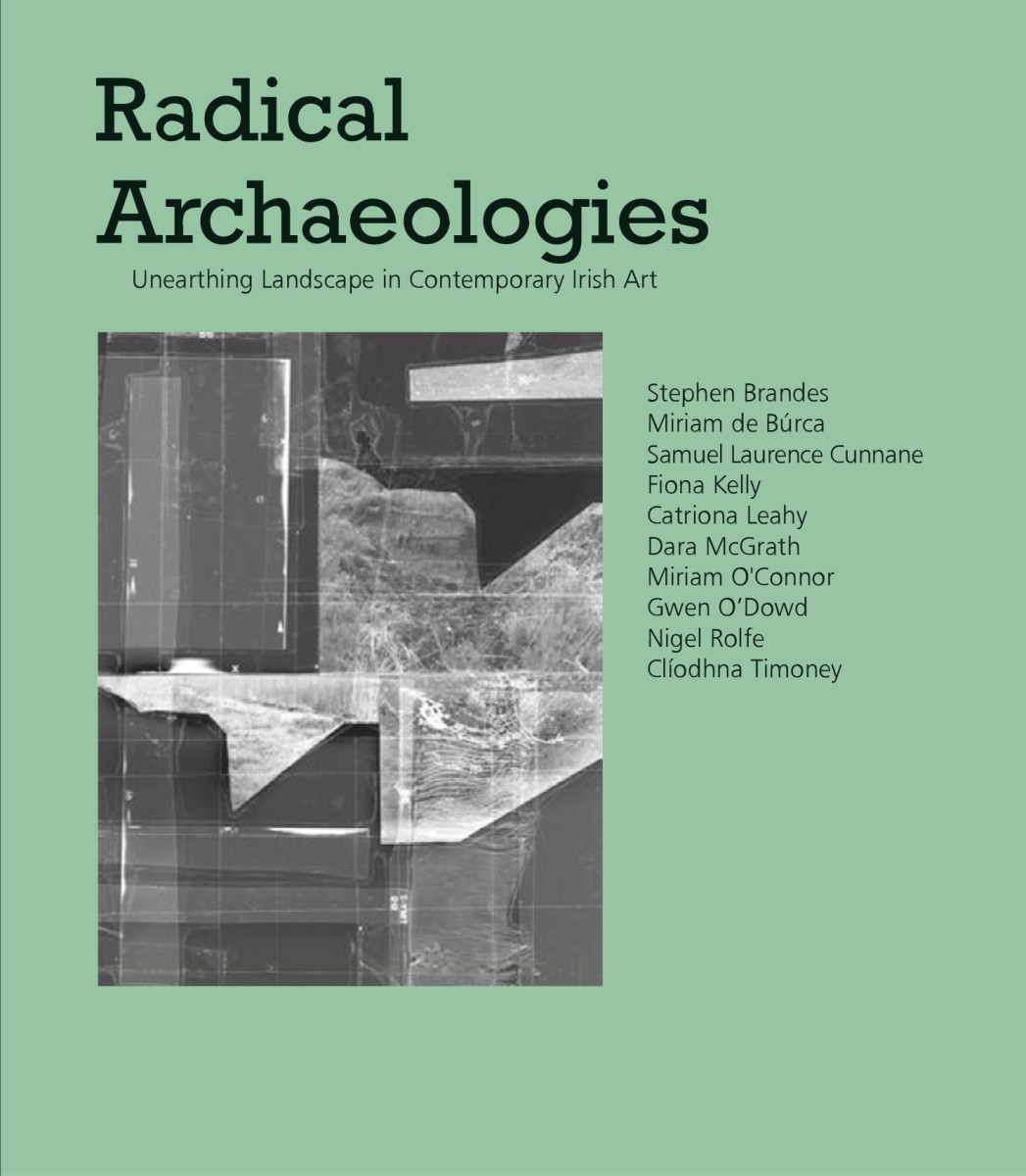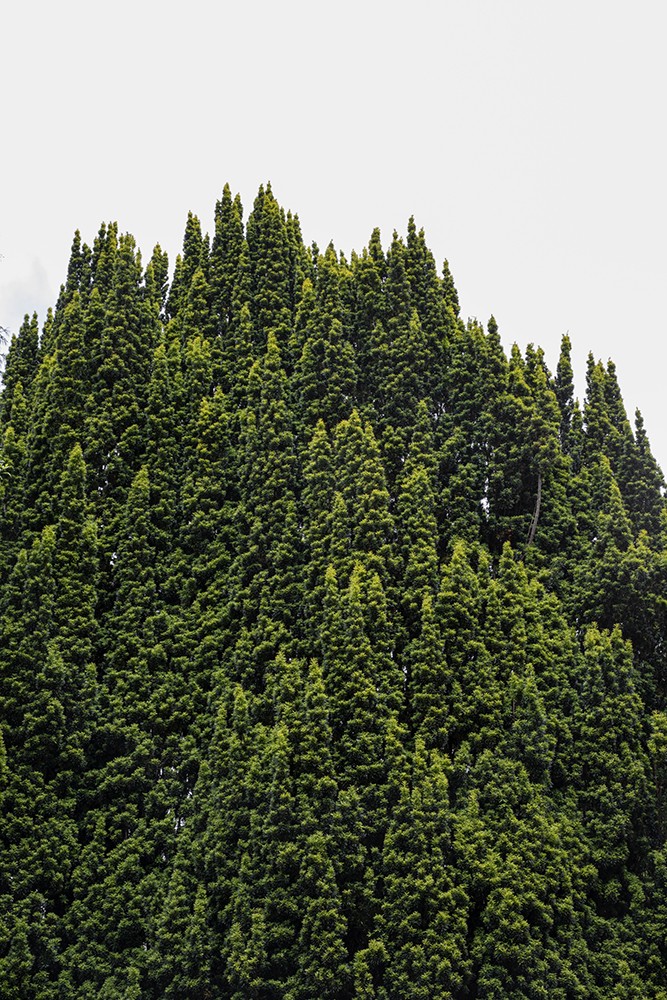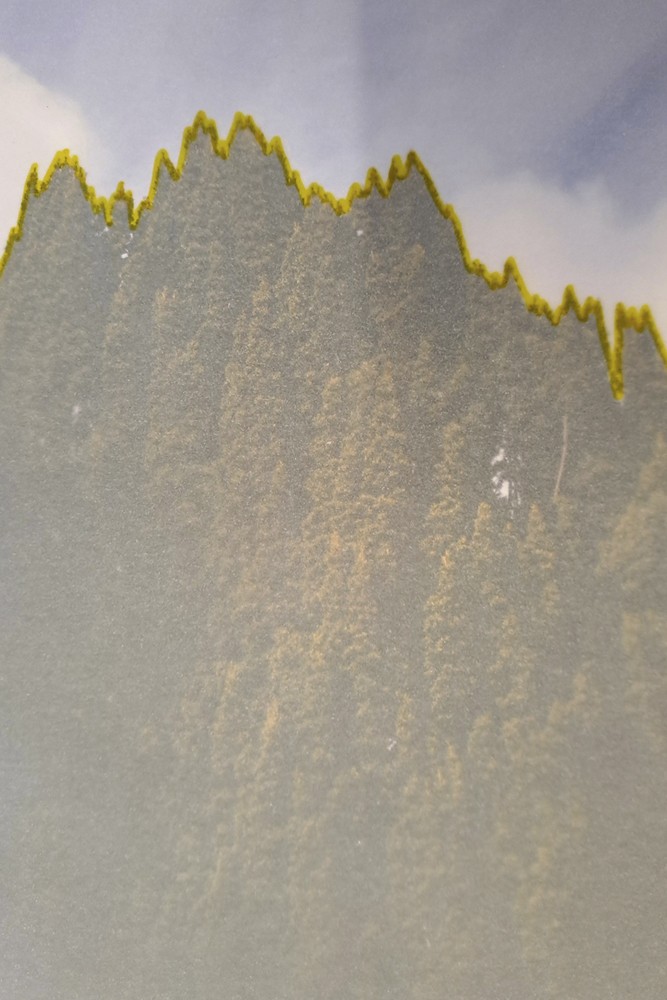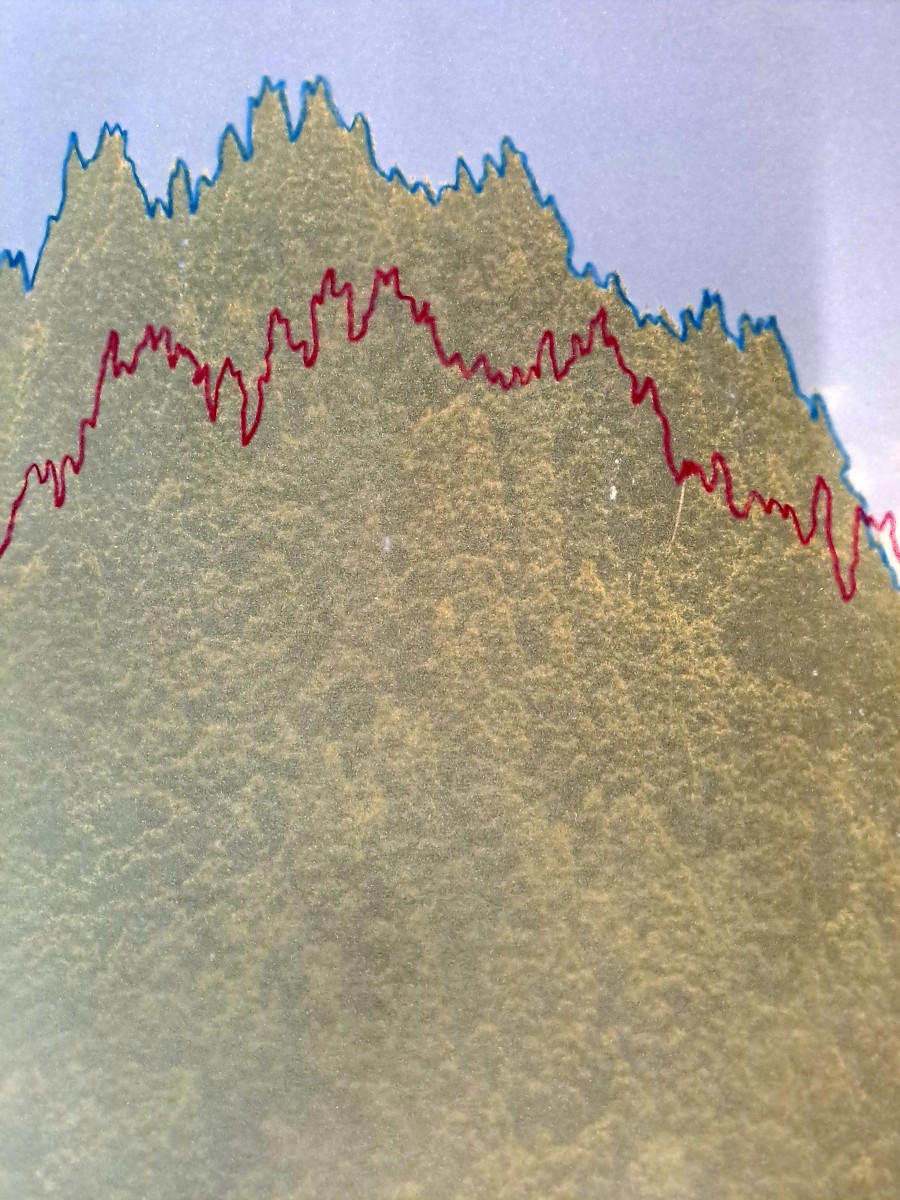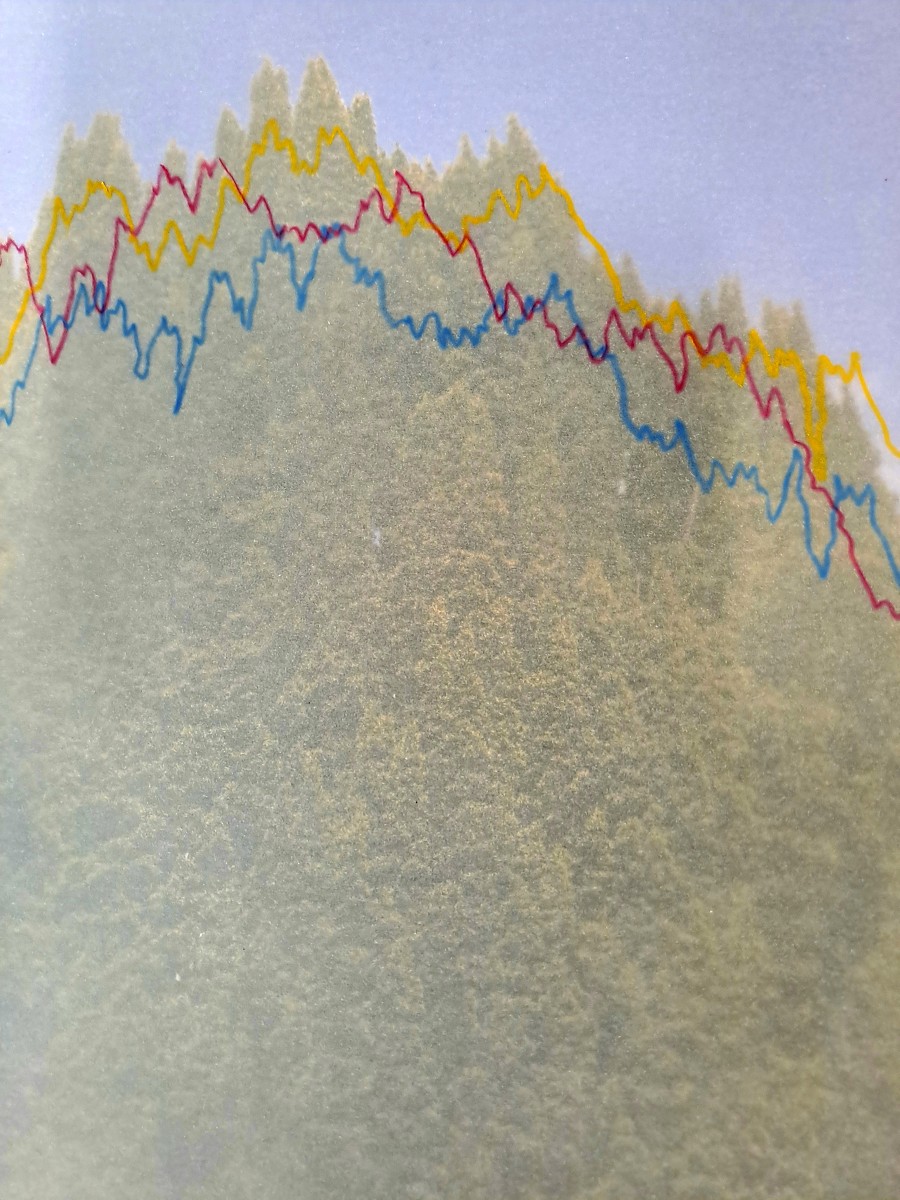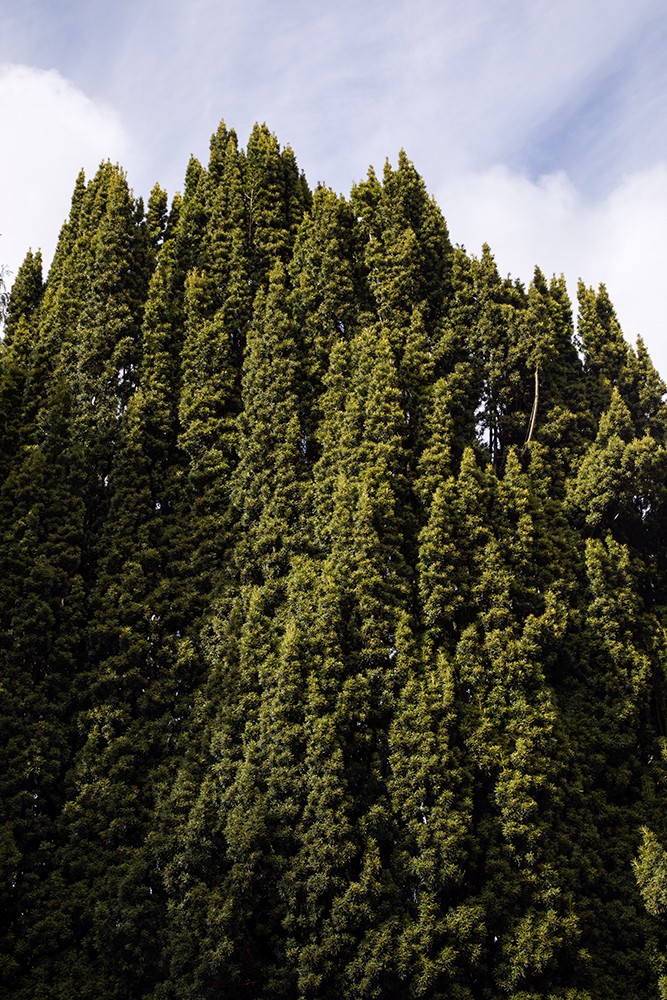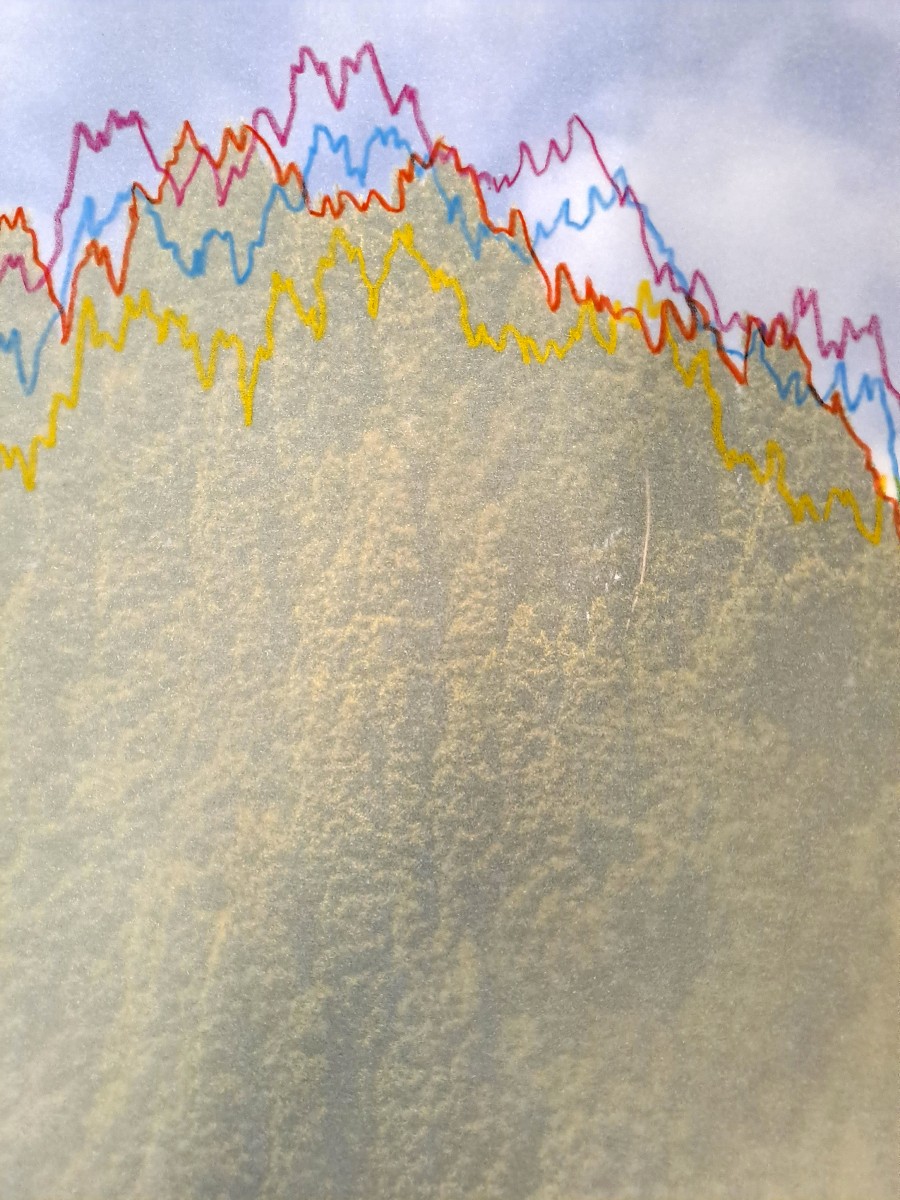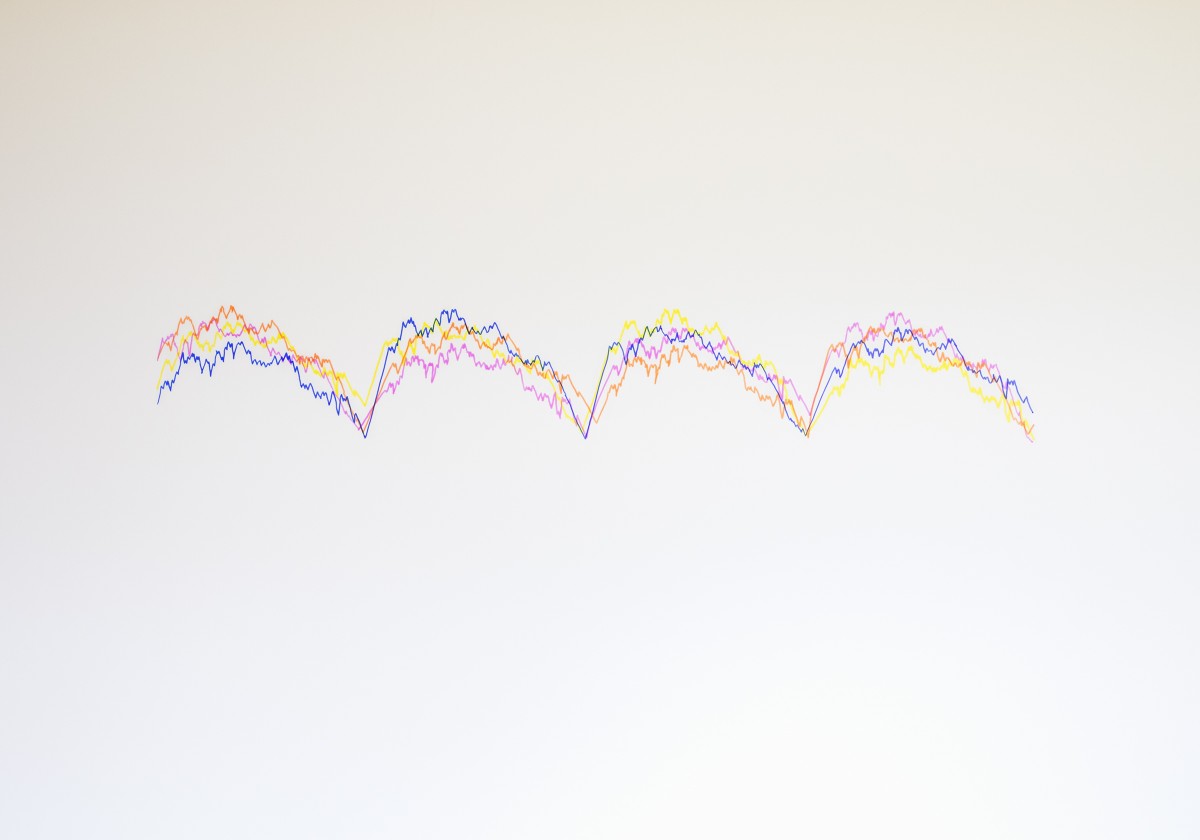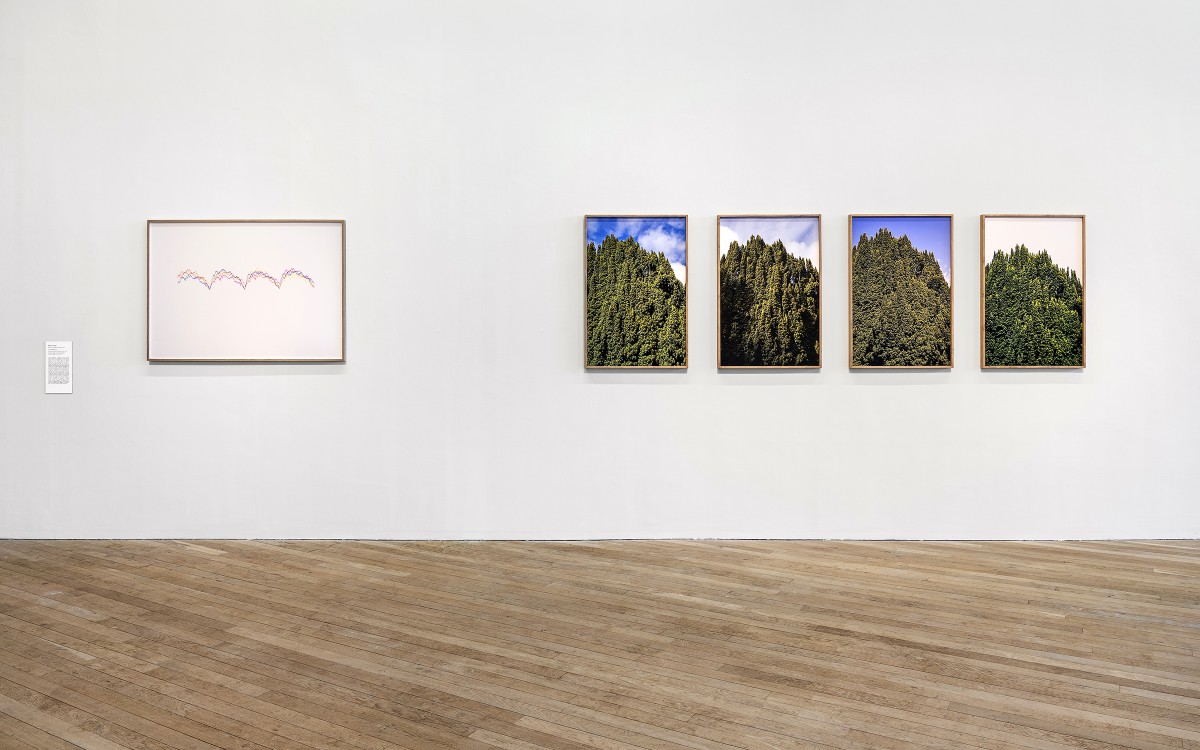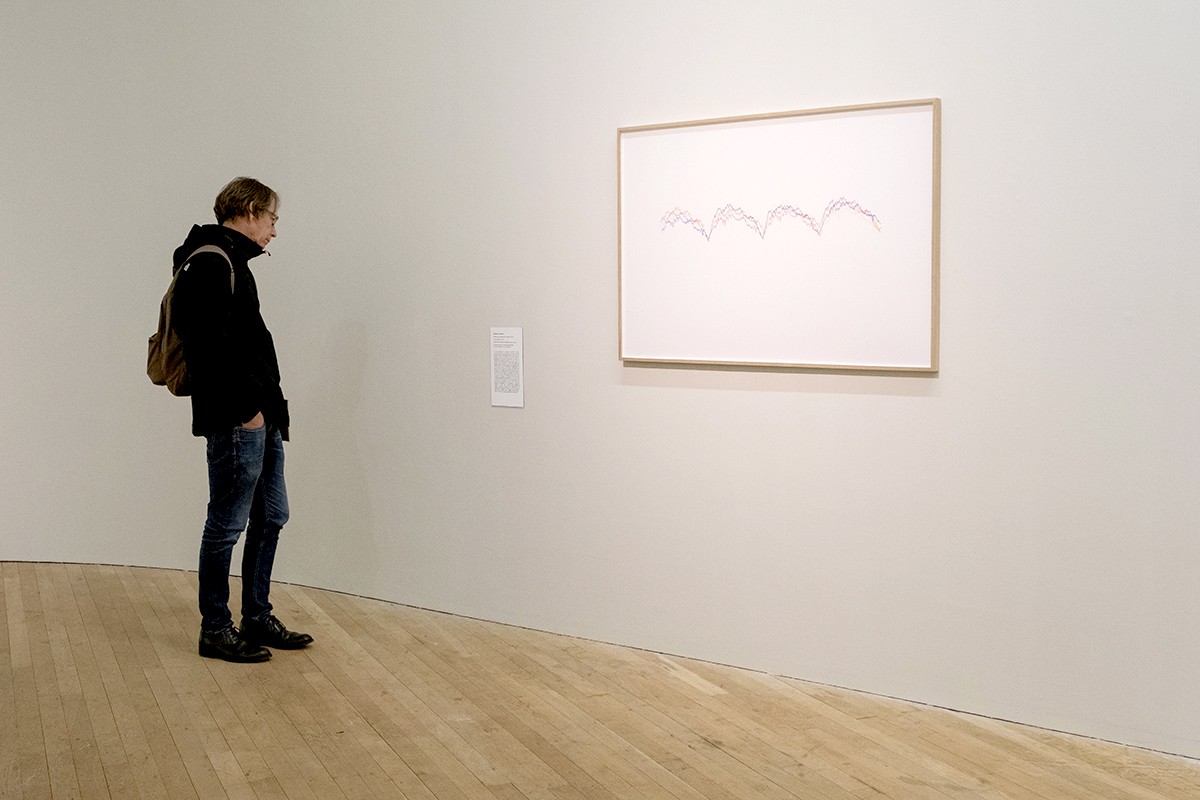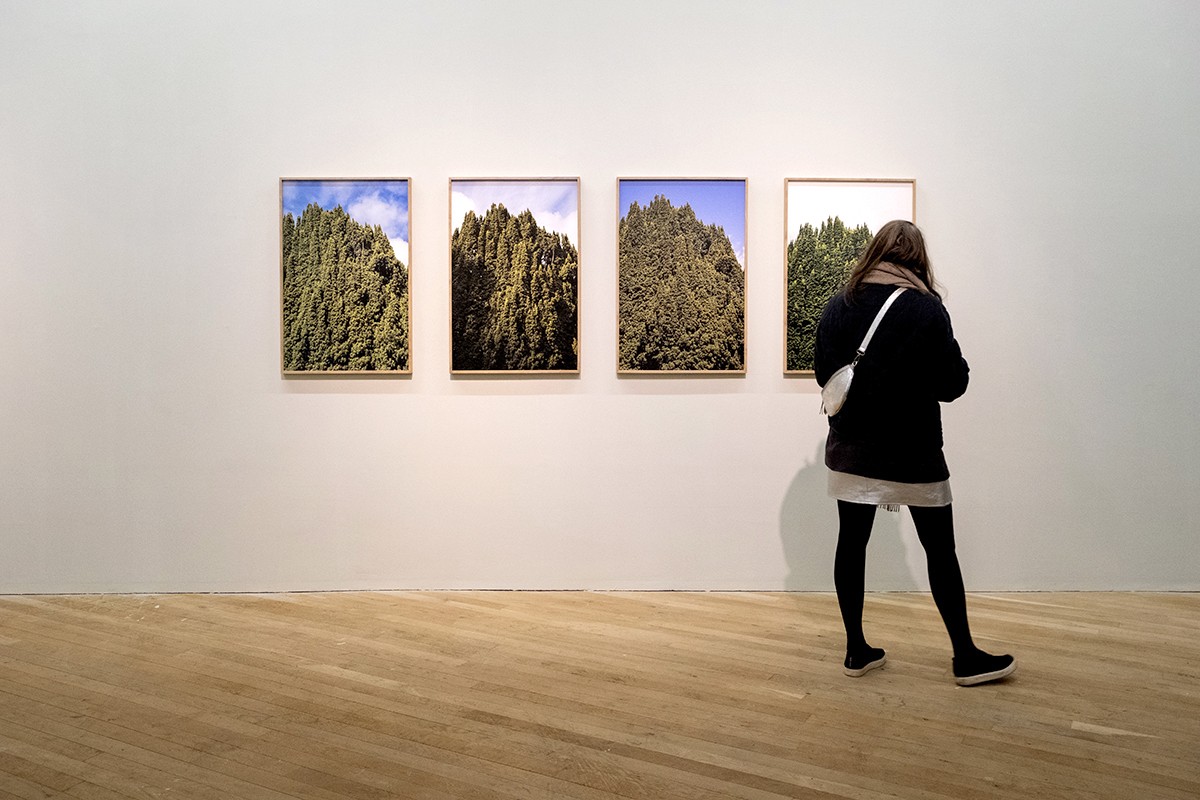Not Business As Usual
'Not Business As Usual', is a newly commissioned work produced in collaboration with Cork University Business School (CUBS) and the Glucksman Gallery. Students from CUBS educational programmes were at the heart of this collaborative process during an academic semester in 2023, led by artist Miriam O’ Connor and CUBS Senior Lecturer in Economics, Declan Jordan. Thematically the programme focus centred on the United Nations Sustainable Development Goal of ‘Reduced Inequalities’. Through creative workshops, photo walks and critical exchanges, CUBS students got opportunities to reflect on how inequalities influenced their field of study and impacted on their daily lives. The commission considers these rich exchanges as decisive inspiration in grappling with this far-reaching goal. Two interlinked parts inform the project, drawings entitled 'Small-scale studies for brighter futures' and a set of four individual photographs, 'Will you be an agent for change?'
A key component of both works are photographs of an Irish Yew tree located on the UCC campus. Encompassing both good and bad qualities, the tree is revered for its medicinal and spiritual qualities, yet is also toxic to humans and animals alike. The capacity of Yew to endure in these two liminal states echoes common societal conditions of inequalities, where binaries of rich and poor, fairness and injustice regularly co-exist, side by side.
In 'Small-scale studies for brighter futures', tracings are taken from scaled down samples of the Yew tree photographs. Engaging with the four business quarters of the year, the highest and lowest points are registered via the tracing process. When the four photographs are rearranged, new patterns emerge. Collectively the tracings mimic candlestick charts, key analytical markers associated with business for assessing the mood and actions of marketplace traders. Beyond the aesthetic appeal of these fictional charts, the studies are a reminder that decisions we make have real-life impacts and act as visual cues to demonstrate possibilities for approaching situations from new perspectives.
'Will you be an agent for change?' explores the use and role of photography as a tool for resistance in confronting and amplifying societal inequalities. The layout of the four photographs can be altered at any time, while the deliberate act of rearranging them represents a moment of defiance and disruption. The curatorial decision to reorganise the photographs is especially relevant in times when equality feels threatened, locally, nationally or globally. Their unfixed nature attests that societal inequalities should always be a source of unease and never a place of comfort.
A key component of both works are photographs of an Irish Yew tree located on the UCC campus. Encompassing both good and bad qualities, the tree is revered for its medicinal and spiritual qualities, yet is also toxic to humans and animals alike. The capacity of Yew to endure in these two liminal states echoes common societal conditions of inequalities, where binaries of rich and poor, fairness and injustice regularly co-exist, side by side.
In 'Small-scale studies for brighter futures', tracings are taken from scaled down samples of the Yew tree photographs. Engaging with the four business quarters of the year, the highest and lowest points are registered via the tracing process. When the four photographs are rearranged, new patterns emerge. Collectively the tracings mimic candlestick charts, key analytical markers associated with business for assessing the mood and actions of marketplace traders. Beyond the aesthetic appeal of these fictional charts, the studies are a reminder that decisions we make have real-life impacts and act as visual cues to demonstrate possibilities for approaching situations from new perspectives.
'Will you be an agent for change?' explores the use and role of photography as a tool for resistance in confronting and amplifying societal inequalities. The layout of the four photographs can be altered at any time, while the deliberate act of rearranging them represents a moment of defiance and disruption. The curatorial decision to reorganise the photographs is especially relevant in times when equality feels threatened, locally, nationally or globally. Their unfixed nature attests that societal inequalities should always be a source of unease and never a place of comfort.
